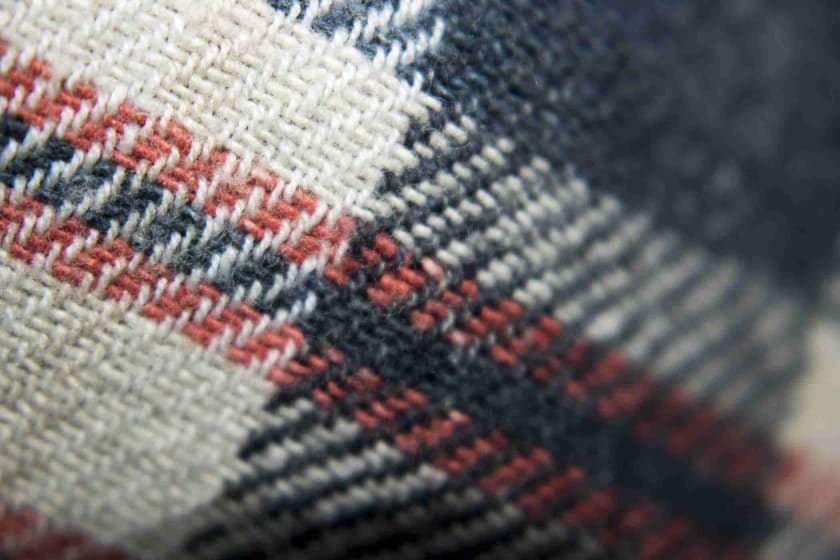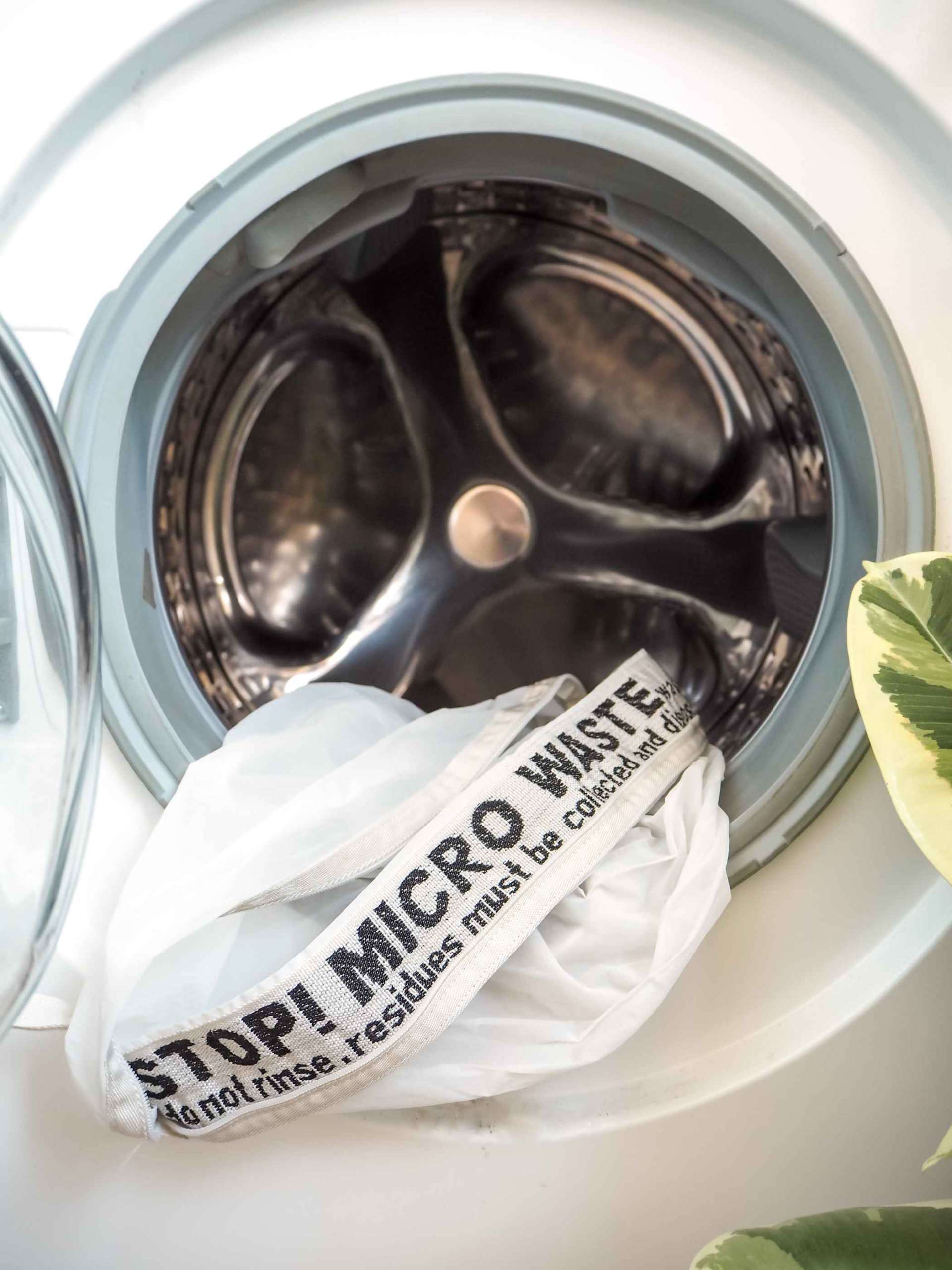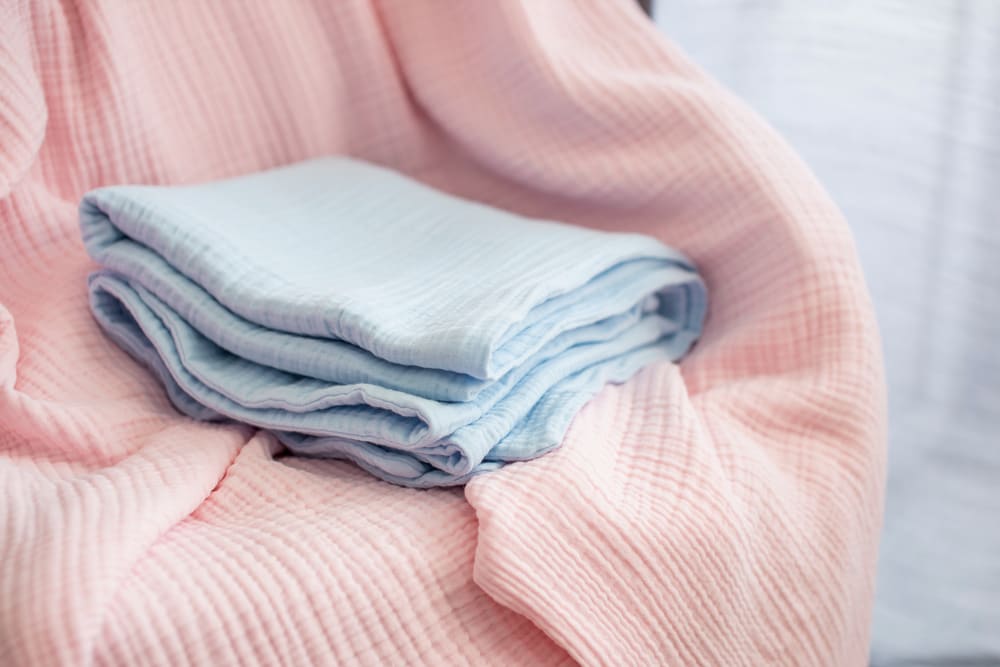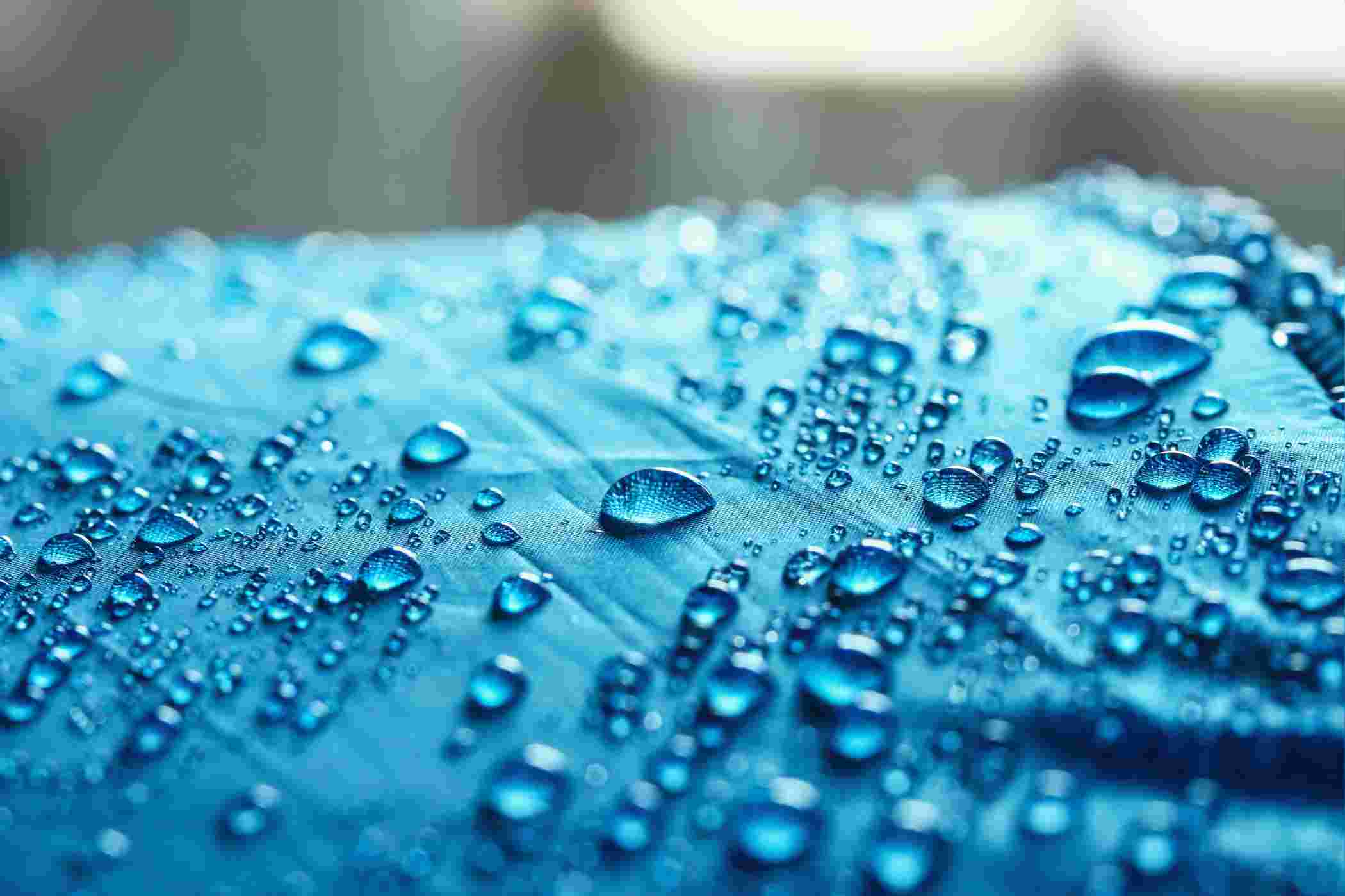Flannel : Things You Need To Know About This Soft Fabric



| Fabric | Flannel |
| Types | Wool flannel Cotton flannel Synthetic or mixed flannel Ceylon Flannel Baby flannel Diaper flannel |
| Major Exporter | China, India and Australia |
| Used For | Shirts, button-downs, blouses, cardigans, sweaters, vests, bedsheets, blankets, upholstery |
| Possible Thread Count | Upto 1000+ |
| Breathability | Usually high (Depends on the fabric used) |
Flannel is a soft woven fabric known for its fineness. Originally made from carded wool or worsted yarn, the fabric is suitable for keeping warm in cold winters. Now flannel is made from either wool, cotton or synthetic fibre. It is an affordable way to feel fuzzy and comfortable. Flannel fabric is remarkably soft to the touch, due to its loose weave and the natural fibers.
Informing about Flannel Fabric
Flannel has a characteristic softness that comes from a brushing process after it is woven. The fabric is brushed on one or both sides to raise fine fibres and make it feel soft. This process is called napping. While it can be made from different fabrics, silk is too fine for flannel hence not a regular choice of fabric for flannel. It’s often woven with patterns, especially plaid and tartan, and is a favorite fabric for sheets during the winter.
The Origin
Flannel first emerged in the 17th century in Wales. The Welsh created it as a replacement to their plain wool garb. Wales is known for its notoriously wet and windy weather. The root of its name remains unclear but the French called it flanelle and the Germans, Flanell. Flannel became popular across Europe because of its durability and warmth. The production of the fabric blossomed by the 19th century. In 1889 American entrepreneur Hamilton Carhartt felt the need to improve the working man’s uniform in the United States which led him to open his factory in Detroit, MI and start producing tough flannel garments.

Flannel stands for Winter comfort
Flannel retains heat which makes it suitable for winter. Compared to coarser fabrics like wool, flannel is softer and hence more comfortable. Due to its loose weaving, the flannel is very breathable and can wick away moisture. Also, the flannel is not too heavy, it is strong and durable. The older it gets, the softer it becomes without losing its insulating properties. Flannel is easy to maintain and can be machine washed in cold water. The fabric doesn’t wrinkle or hold odours.
The uses of Flannel
Shirts, button-downs, blouses, cardigans, sweaters, vests, bed sheets, blankets, upholstery are common applications of flannel fabric.
The Season for Flannel
Winter is the best time to launch flannel clothing. In temperate regions with low temperatures all year round, flannel shirts or flannel blouses are worn all year round.

Leading Exporters or Producers
It mainly depends on the constituent fabric for the flannel. China, Australia, or India have factories for flannel production. India is the largest producer of cotton, China leads in synthetic textile production while Australia produces the maximum amount of wool.
Types of Flannel Fabric
1. Wool flannel is the traditional flannel that was first made in Wales.
2. Cotton flannel was primarily made in India and later spread in Europe after the colonial period.
3. Synthetic or mixed flannel are modern variants that use synthetic materials like polyester or nylon instead of natural fibers.
4. Ceylon Flannel is a type of flannel with an equal blend of cotton and wool. It was first made in Ceylon, Sri Lanka.
5. Baby flannel is napped on both sides and prized for its fineness. It is the softest kind suitable for sensitive baby skin.
6. Diaper flannel is napped on both sides to aid absorbency and comfort, often used to make disposable diapers.
The Flannel and The Environment
Flannel is basically the weaving process with a napped finish hence it is the constituent fabric that should be responsible for the sustainability of the environment. Since flannel is primarily made from cotton and wool, the natural fibres are least harmful for the environment, though sustainable and organic cotton cultivation is desired. Synthetic polyester, however, is a matter of concern as it doesn’t degenerate and causes plastic pollution. Flannel products can apply for and gain certification from Global Organic Textile Standard (GOTS), Global Recycled Standard (GRS), and Woolmark.



















